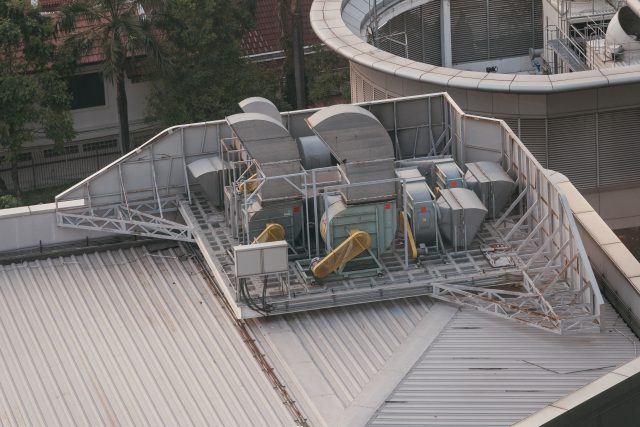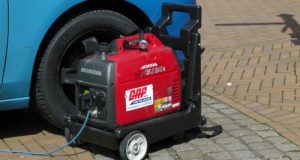
The health and safety of dwellers in any building is crucial. This is a vital tenet of architecture that guides many of the decisions made by contractors, and for a good reason — at the end of the day, the role of housing is first and foremost letting people live their lives peacefully and securely.
One of the safety concerns that should always be tackled early on is fire hazards. While none of us want to even consider the possibility of an event of this kind, unfortunately, it’s a very serious danger.
We’ve recently marked the anniversary of the Grenfell Tower disaster, which serves as a reminder to us all of the travesty that incorrect choices in that field can generate. Of course, a good fire safety design takes into account many elements, from cladding to alarms, but we want to focus today on arguably the most important part of any fire protocol — the ventilation system.
What’s the difference between natural and mechanical ventilation?
When it comes to smoke ventilation, there are two main systems to choose from: natural and mechanical.
Natural ventilation
The former relies on the natural properties of smoke, especially its buoyancy, in order to remove it. Automatic Opening Vents (AOVs) are placed at a high level within a building, which, as their name suggests, open automatically upon the detection of fire. The airflow dynamics of heat mean that the smoke is removed through the vents without any need for technological intervention.
Mechanical ventilation
Mechanical ventilation, on the other hand, is slightly more complicated. It uses fans and other electrical elements to forcibly push the smoke out of the building. Dampers, ductwork and vents are used in conjunction with the fans to provide a path for the smoke to escape, allowing a clear view for residents and fire service personnel alike. It’s a bit difficult to visualise, so if you’re still struggling, check out this simple video from fire protection system supplier Sertus.
Which one should I choose?
There isn’t a straightforward, silver-bullet answer to this question, mainly because each system has its own pros and cons. In reality, the smoke ventilation system you should use depends on different aspects of your building, and should be decided in consultation with an expert. However, here are some factors that you should consider.
Height of building
Natural ventilation systems are extremely effective, however, taller and high-rise buildings present some issues for it. If your building is over 18 metres tall, it’s likely that you would require mechanical ventilation to overcome the risk of smoke-logging.
Length of corridors
The reason why taller buildings aren’t suitable for natural ventilation is that there’s so much that the inherent properties of smoke can do when there’s a long distance to travel. This doesn’t just apply vertically, but horizontally too: if your building has extended corridors, mechanical ventilation will be the system for you. According to Approved Document B, this is 4.5m for buildings under 11m in height and 7.5m for those over 11m.
Size of shaft
Another factor to consider is the size of the shaft. Natural ventilation requires a far larger shaft, 1.5m2 to be exact, compared with between 0.6m2 and 0.8m2 for mechanical. If your building is tight for space, you may want to consider a mechanical system.













